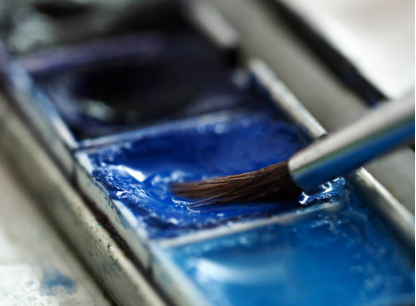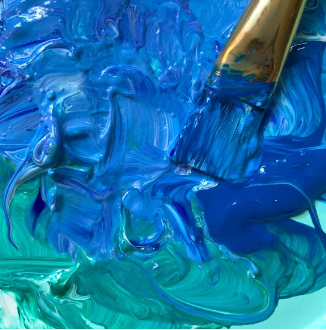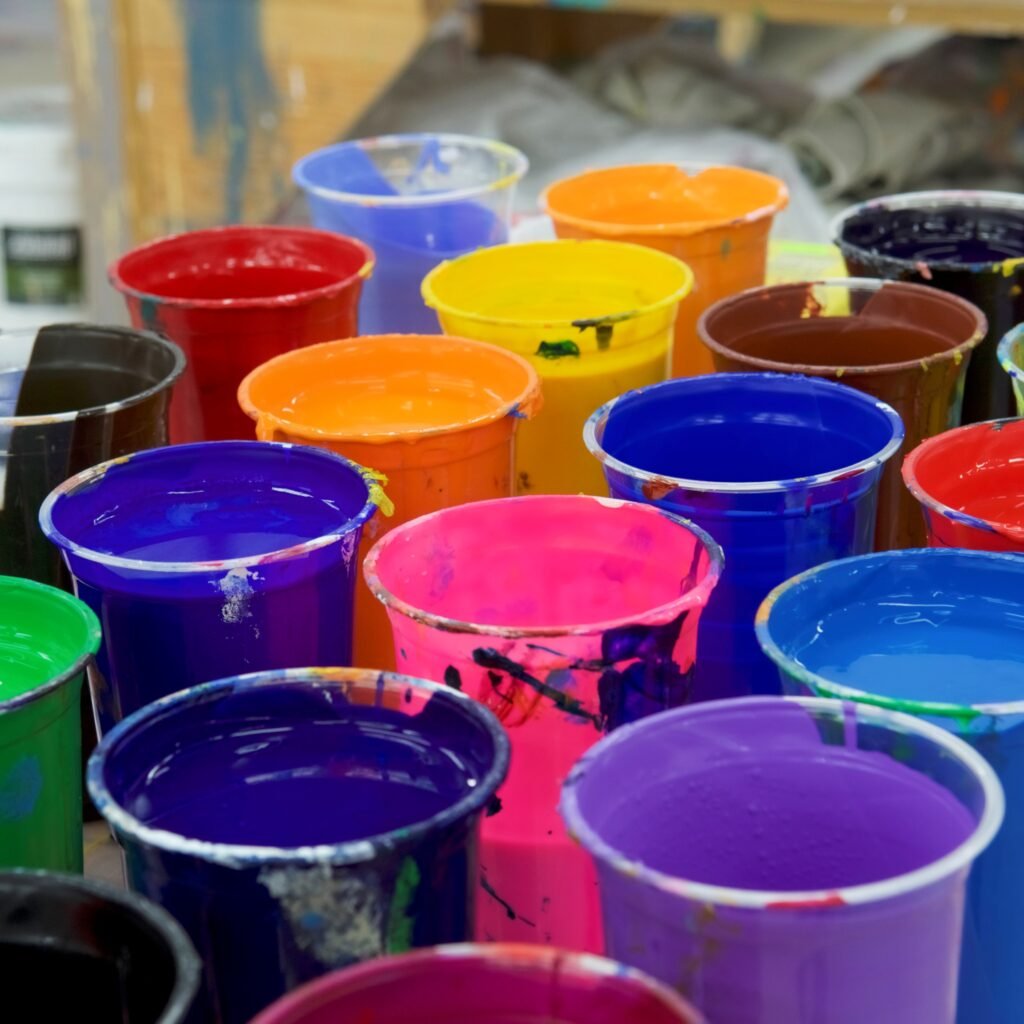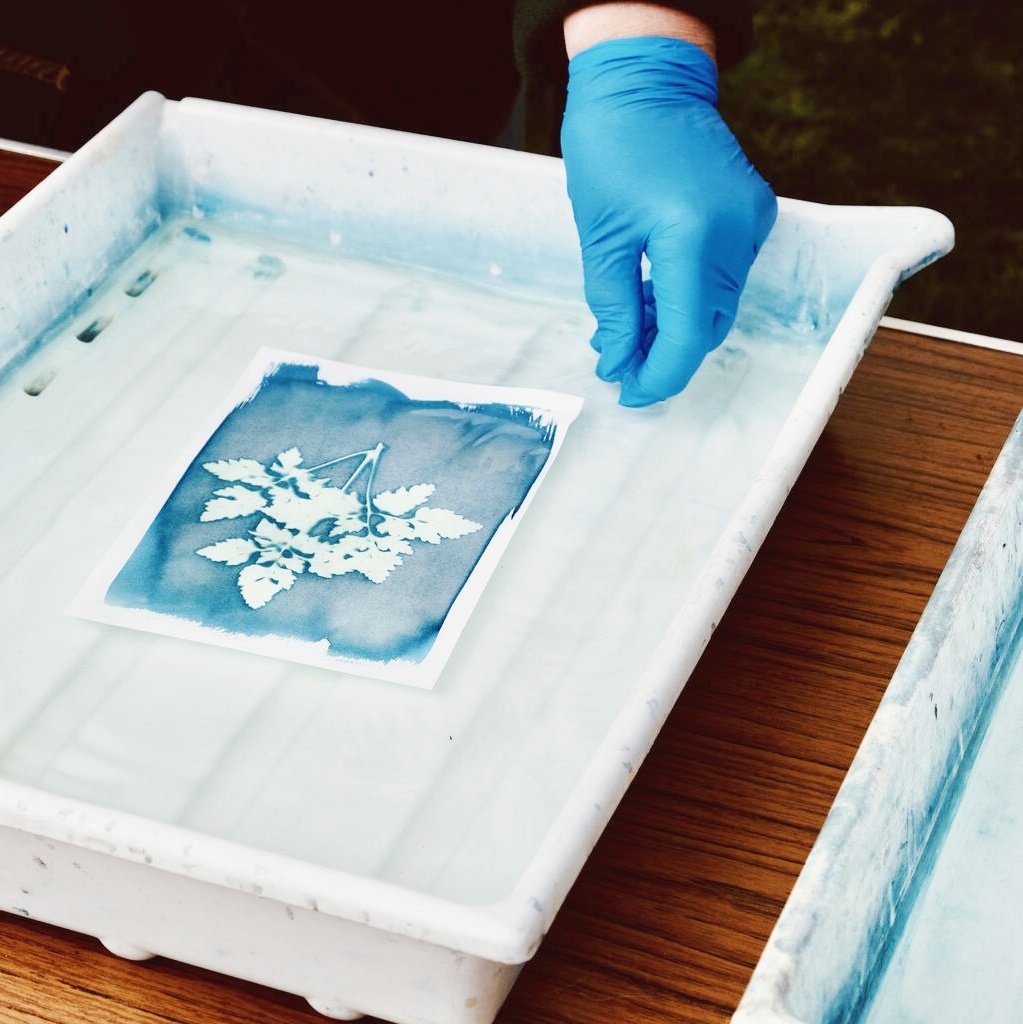Índice
Tinta plastisol de alta densidade para impresión téxtil: guía sinxela
Metadescrición: Aprende como tinta plastisol de alta densidade As tintas de alta densidade axudan a crear deseños brillantes e resistentes na roupa. Descubre consellos, usos e solucións para problemas comúns.
1. Que é a tinta plastisol de alta densidade?
Tinta plastisol de alta densidade é groso, Tinta a base de PVC úsase para imprimir deseños en tecido.
Vantaxes principais
- Durabilidade: Mantense brillante despois do lavado.
- Resistencia ao estiramento: Funciona en tecidos elásticos.
- Opacidade: Aparece en roupa escura.
Usos comúns:
- Roupa deportiva (camisas de equipo).
- Artigos promocionais (sudaderas, bolsos).
2. Plastisol de alta densidade fronte a outras tintas
| Tipo de tinta | Mellor para | Inconvenientes |
|---|---|---|
| Plastisol | Deseños atrevidos, tecidos escuros | Non respectuoso co medio ambiente |
| A base de auga | Tacto suave | Necesita tratamento previo do tecido |
| Descarga | Tecidos de algodón | Esvaécese co tempo |
| Sublimación | Tecidos lixeiros | Non se prefire ningunha textura cando se usan tintas de alta densidade para un acabado suave. |
Escolla plastisol para:
- Efectos 3D (Impresións en relevo) pódense conseguir usando aditivos de inchado en formulacións de tinta de alta densidade.
- Tecidos escuros sen tratamento previo.

3. Como usar tinta plastisol de alta densidade
3.1 Configuración da pantalla
- Número de mallas da pantalla: Use Malla 110-160.
- Plantilla: Escolla película capilar para bordos afiados.
3.2 Aplicación da tinta
- Imprimir: Engade tinta ao tecido.
- Flash: Secar cun secador rápido durante 10 segundos.
- Imprimir de novo: Engadir máis tinta para textura en relevo.
3.3 Curado
- Temperatura: Asegúrate de que sexa consistente para obter os mellores resultados con tintas de alta viscosidade. 160 °C durante 60-90 segundos.
- Proba: Estira o tecido. Se racha, déixao curar por máis tempo.
4. Os 5 principais usos da tinta Plastisol
- Roupa deportiva: Logotipos duradeiros (Nike, Adidas).
- Moda: Deseños que brillan na escuridade.
- Roupa de traballo: Etiquetas que non se rañan.
- Artigos promocionais: Estampados brillantes en bolsas.
- Ecolóxico: Plastisol sen ftalatos (Galaxia Verde).

5. Solución de problemas comúns
| Problema | Solución |
|---|---|
| Ao usar tintas de alta densidade na serigrafía poden aparecer buratos. | Usa tinta máis espesa ou fixa a tensión da pantalla. |
| As gretas adoitan producirse cando a emulsión non se cura correctamente durante a serigrafía. | Curar completamente a 160 °C para garantir que a emulsión se adhira correctamente á serigrafía. |
| Poca adhesión | Pretratar os tecidos de poliéster. |
6. As mellores ferramentas para a impresión en plastisol
- Tintas: Wilflex HDUnión Ultrasoft.
- Pantallas: Sefar ou mallas de Murakami.
- Secadoras: Secadores de cinta transportadora Anatol.
- Ecolóxico: BASF Palatinol® plastificantes.
7. Tendencias futuras
- Impresión híbrida: Mesturar plastisol con Kornit As impresoras dixitais poden producir imaxes de alta densidade axeitadas para a serigrafía.
- Tintas biodegradables: A serie ecolóxica de Matsui.
- Tintas intelixentes: As tintas que cambian de cor poden engadir dimensión aos teus deseños cando se usan na serigrafía. pigmentos termocrómicos.
8. Preguntas frecuentes
A tinta plastisol é impermeable?
Si! Resiste á auga despois do curado.
Podo imprimir en nylon?
Si, pero pretrata o tecido para garantir que a emulsión adhira ben na serigrafía.
Como limpar as pantallas?
Usa un lavador de pantalla e unha lavadora a presión para limpar os teus materiais de serigrafía de forma eficaz.
9. Conclusión
Tinta plastisol de alta densidade é ideal para impresións fortes e brillantes. Usa plastisol ecolóxico e ferramentas como Wilflex ou Sefar para obter os mellores resultados.



